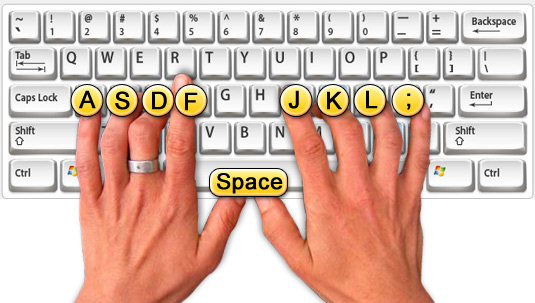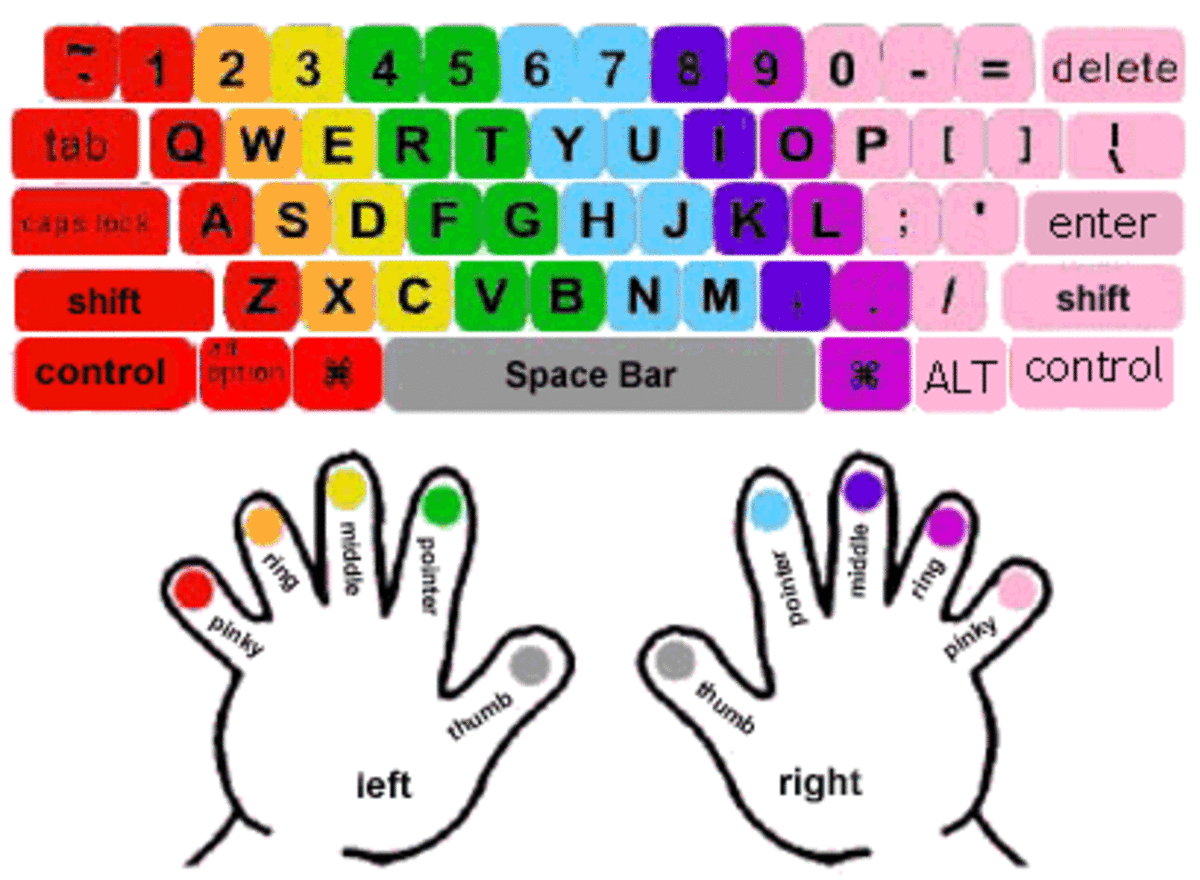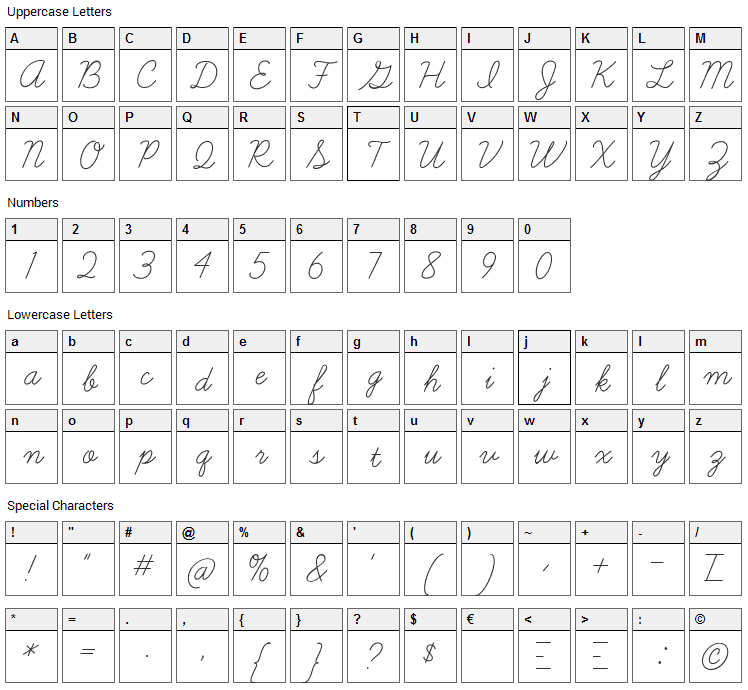

It has also been successfully used to assist individuals with dyslexia, dyspraxia, autism spectrum disorder and visual impairments in reaching their full potential when it comes to developing strong literacy skills.


Typing can be a great boost for children with self-esteem issues and specific learning difficulties. Students who learn to type the TTRS way typically improve their reading and spelling skills as well. The good thing is when you learn touch-typing you open up new career opportunities and can even improve your academic performance. There are a lot of reasons to practice touch vs. This strengthens memory, along with repetition and dictation exercises, and gives you plenty of opportunities to practice new material. To help you practice each key, the corresponding letter appears on the screen and is read out loud. Some programs, such as Touch-type Read and Spell, use a multi-sensory technique to reinforce what you learn. They show you where to position your hands on the keyboard and walk you through the right keys to hit with each finger. There are courses designed specifically to teach you typing. An online typing course can teach basic finger positioning Typing quickly and accurately with correct finger placement involves building up some muscle memory in your hands, so they feel comfortable reaching for keys in sequence and the movements become automatic.
#CURVE TYPING FINGERS HOW TO#
But becoming a pro at typing requires more than just knowing which finger sits on which key.įirst you will need to learn how to reach the keys with the correct fingers and then you’ll have to practice, practice and practice some more. If you are considering learning how to touch-type, then you’re probably aware there is a certain base position in which to rest your fingers so they can reach all of the keys on the keyboard.


 0 kommentar(er)
0 kommentar(er)
